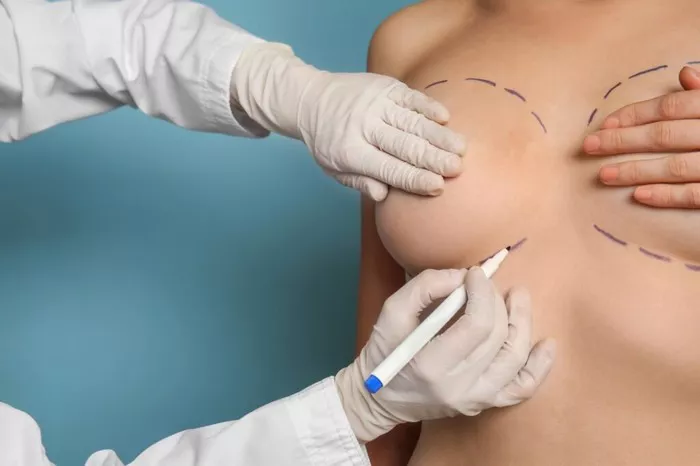Breast augmentation is a cosmetic surgery that involves placing breast implants to enhance the size and shape of the breasts. One common question that patients have is how long the results of the surgery will last. In this article, we will explore the details of how long breast augmentation lasts and what factors can impact the longevity of the results.
What is Breast Augmentation?
Breast augmentation is a surgical procedure that involves placing breast implants under the chest muscles or breast tissue to enhance the size and shape of the breasts. This procedure is typically performed for cosmetic reasons to increase breast size, improve breast symmetry, or restore breast volume lost due to weight loss or pregnancy.
Types of Breast Implants
There are two main types of breast implants: saline and silicone.
- Saline Implants: Saline implants are filled with sterile saltwater solution. These implants are typically less expensive than silicone implants but may be more prone to rippling.
- Silicone Implants: Silicone implants are filled with a silicone gel. These implants are typically more expensive than saline implants but may feel more natural and are less prone to rippling.
How Long Does Breast Augmentation Last?
The longevity of breast augmentation results can vary depending on several factors:
- Type of Implant: The type of implant used can impact the longevity of the results. Silicone implants may have a longer lifespan than saline implants, with some studies indicating that silicone implants can last up to 20 years.
- Surgical Technique: The surgical technique used can impact the longevity of the results. Careful attention to detail during the surgery can help ensure that the implants are properly placed and that the results are long-lasting.
- Patient Factors: Patient factors such as age, weight fluctuations, and pregnancy can impact the longevity of the results. It is important for patients to maintain a stable weight and to avoid significant weight fluctuations to help ensure the longevity of their breast augmentation results.
- Implant Maintenance: Proper implant maintenance can also impact the longevity of the results. Regular follow-up visits with a plastic surgeon can help detect any issues with the implants and address them before they become more serious.
Replacing Breast Implants
While breast implants are designed to last for many years, they are not considered to be lifetime devices. Over time, breast implants may need to be replaced due to changes in breast tissue, implant rupture, or other issues.
The American Society of Plastic Surgeons recommends that patients undergo routine follow-up visits with their plastic surgeon to monitor their breast implants and evaluate the need for replacement. While there is no set timeline for when breast implants should be replaced, most plastic surgeons recommend that patients have their implants checked every 2-3 years.
Revision Surgery
In some cases, patients may choose to undergo revision surgery to replace their breast implants or make other changes to the appearance of their breasts. Revision surgery can help address issues such as implant rupture, capsular contracture, or dissatisfaction with the size or shape of the breasts.
Revision surgery is typically performed under general anesthesia and involves removing the old implants and replacing them with new ones. The surgical technique used will depend on the individual needs of the patient and the goals of the surgery.
Conclusion
Breast augmentation is a popular cosmetic surgery that can enhance the size and shape of the breasts. While the longevity of the results can vary depending on several factors, including the type of implant used and patient factors, most breast implants are designed to last for many years. Regular follow-up visits with a plastic surgeon and proper implant maintenance can help ensure the longevity of breast augmentation results. In some cases, patients may choose to undergo revision surgery to replace their breast implants or make other changes to the appearance of their breasts.

